In the rich tapestry of ancient history, dogs have held a special place, not just as loyal companions but as divine beings worshipped by civilizations around the world. These furry friends were often seen as messengers of the gods, guardians of the afterlife, or symbols of purity and protection. Imagine a world where our beloved pets were revered as sacred beings! This article delves into eight fascinating dog breeds that were once considered divine in various ancient religions. From guarding the gates of the underworld to symbolizing loyalty and protection, these breeds have left an indelible mark on human history.
1. The Saluki: Pharaoh’s Divine Companion
The Saluki, also known as the Royal Dog of Egypt, was not just a pet to the ancient Egyptians but a divine creature. Known for their grace and speed, Salukis were often mummified and buried alongside pharaohs, believed to accompany them into the afterlife. Their sleek and elegant appearance was thought to mirror the beauty of the gods. Hieroglyphs and tomb paintings frequently feature these dogs, showcasing their esteemed status. Salukis were more than just royal pets; they were symbols of the pharaoh’s power and connection to the divine. Their ability to hunt swiftly and silently was seen as a gift from the gods, further elevating their celestial status.
2. The Xoloitzcuintli: Guardians of the Aztec Underworld
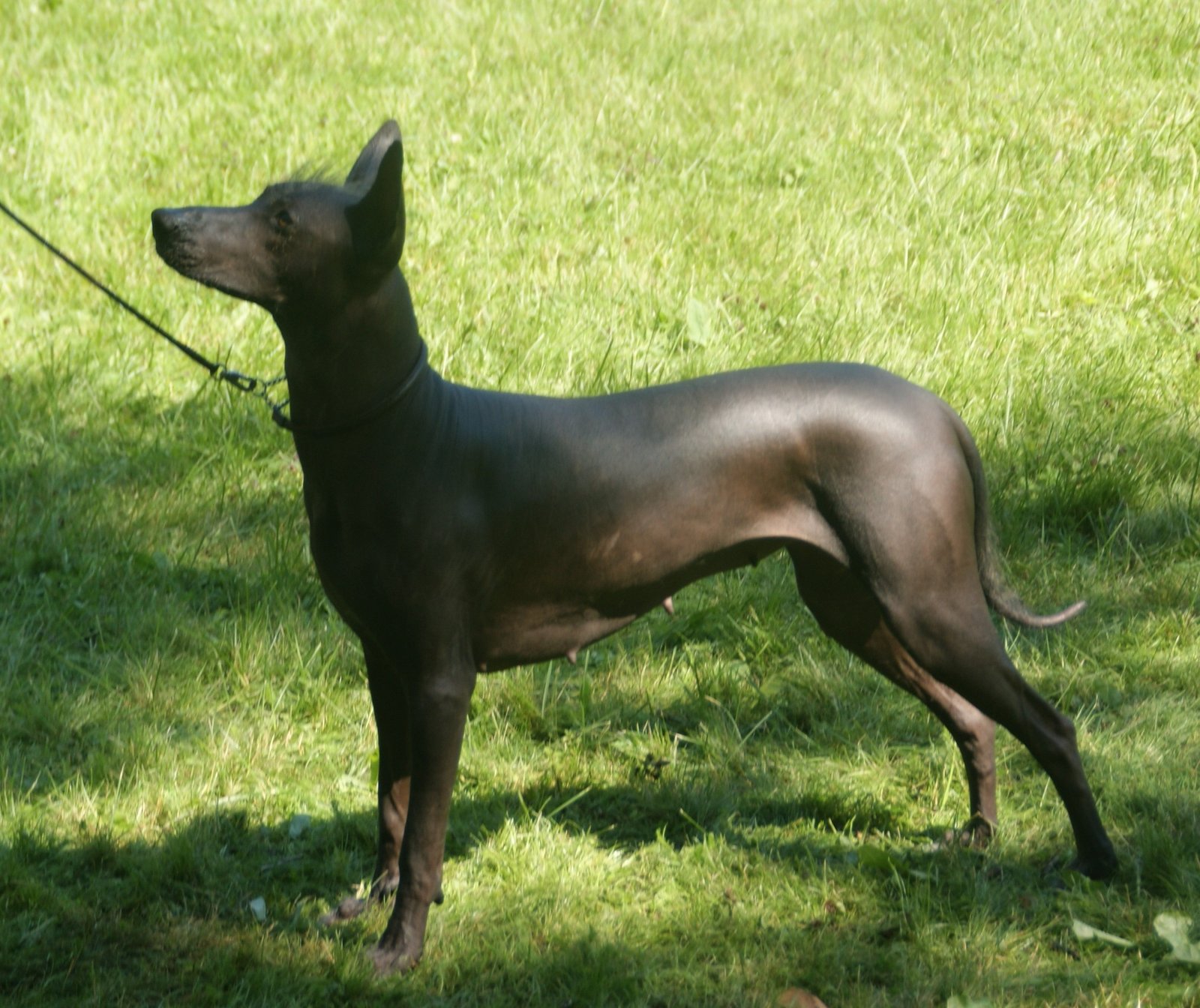
The Xoloitzcuintli, or Xolo, played a significant role in Aztec mythology. They were believed to guide the souls of the deceased through the dangerous journeys of the underworld. The Aztecs held these hairless dogs in high regard, seeing them as sacred and divine protectors. Xolos were often buried with their owners to ensure safe passage to the afterlife. Their unique appearance, with minimal fur and a robust physique, was seen as a divine design. The Aztecs believed that the god Xolotl created these dogs to help humans navigate the afterlife, solidifying their place as sacred companions.
3. The Basenji: The Silent Messengers of the Gods

Originating from Central Africa, the Basenji is often referred to as the “barkless dog.” In ancient African tribes, their silence was considered a divine trait, allowing them to act as discreet messengers for the gods. Basenjis were often associated with the spirits and were believed to possess a keen sense of intuition. Their unique yodel-like sound, instead of a typical bark, was thought to be the language of the gods. This breed’s intelligence and agility made them invaluable to hunters, and their spiritual significance elevated them to a divine status. Basenjis were often depicted in ancient African art, symbolizing their esteemed position in society.
4. The Tibetan Mastiff: Sacred Guardians of Monasteries
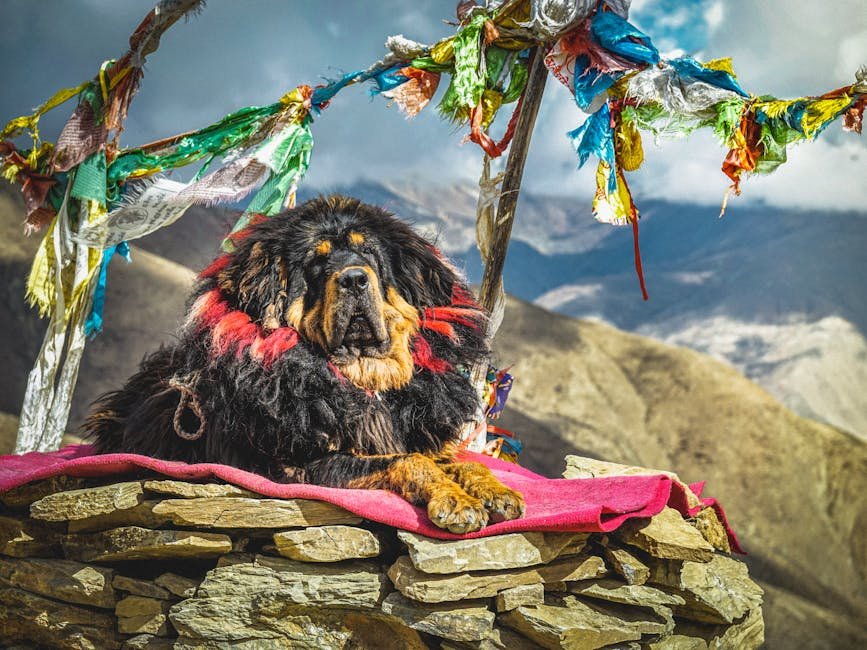
In the remote monasteries of Tibet, the Tibetan Mastiff was more than just a guard dog; it was a sacred protector. These majestic dogs were believed to possess spiritual qualities that warded off evil spirits. Their imposing size and fierce loyalty made them ideal guardians of sacred temples and monasteries. Monks revered them as divine beings, often attributing their protective nature to spiritual enlightenment. The Tibetan Mastiff’s deep, resonating bark was seen as a protective chant, keeping negative energies at bay. Their role in safeguarding sacred spaces further cemented their status as divine creatures in Tibetan culture.
5. The Greyhound: Symbols of Speed and Purity

In ancient Greece and Rome, Greyhounds were highly revered, often associated with the gods of speed and purity. Their sleek, aerodynamic build made them the perfect embodiment of swiftness and grace. Greyhounds were often depicted alongside deities in art and literature, symbolizing divine attributes. Their presence in ancient mythology, such as the tales of Artemis and Diana, further elevated their status as celestial beings. The nobility of Rome considered Greyhounds as sacred companions, often keeping them as symbols of status and connection to the divine. Their ability to run at incredible speeds was seen as a gift from the gods, enhancing their revered status.
6. The Pharaoh Hound: Mystical Beings of Malta
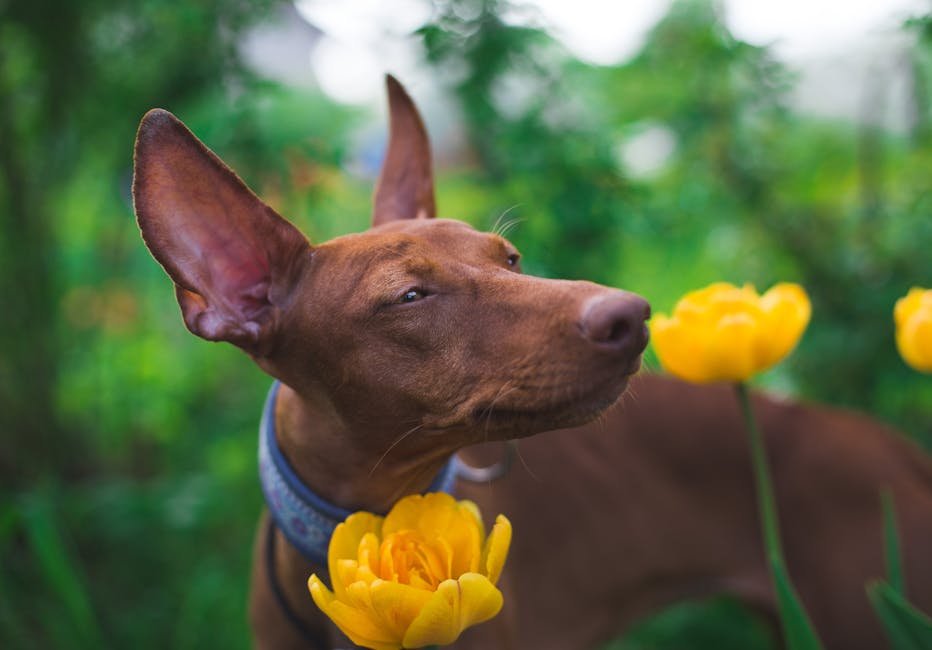
Despite their name, Pharaoh Hounds are native to Malta, where they were considered mystical and divine. These elegant dogs were believed to have magical abilities, often associated with the gods of hunting and protection. The Maltese revered them as sacred animals, often depicted in ancient carvings and artifacts. The Pharaoh Hound’s ability to blush, a unique trait among dogs, was seen as a sign of their divine connection. Their keen hunting skills and striking appearance made them invaluable to hunters and guardians of sacred sites. Their mystical aura and revered status in Maltese culture have persisted through the ages.
7. The Japanese Chin: Celestial Companions of the Imperial Court
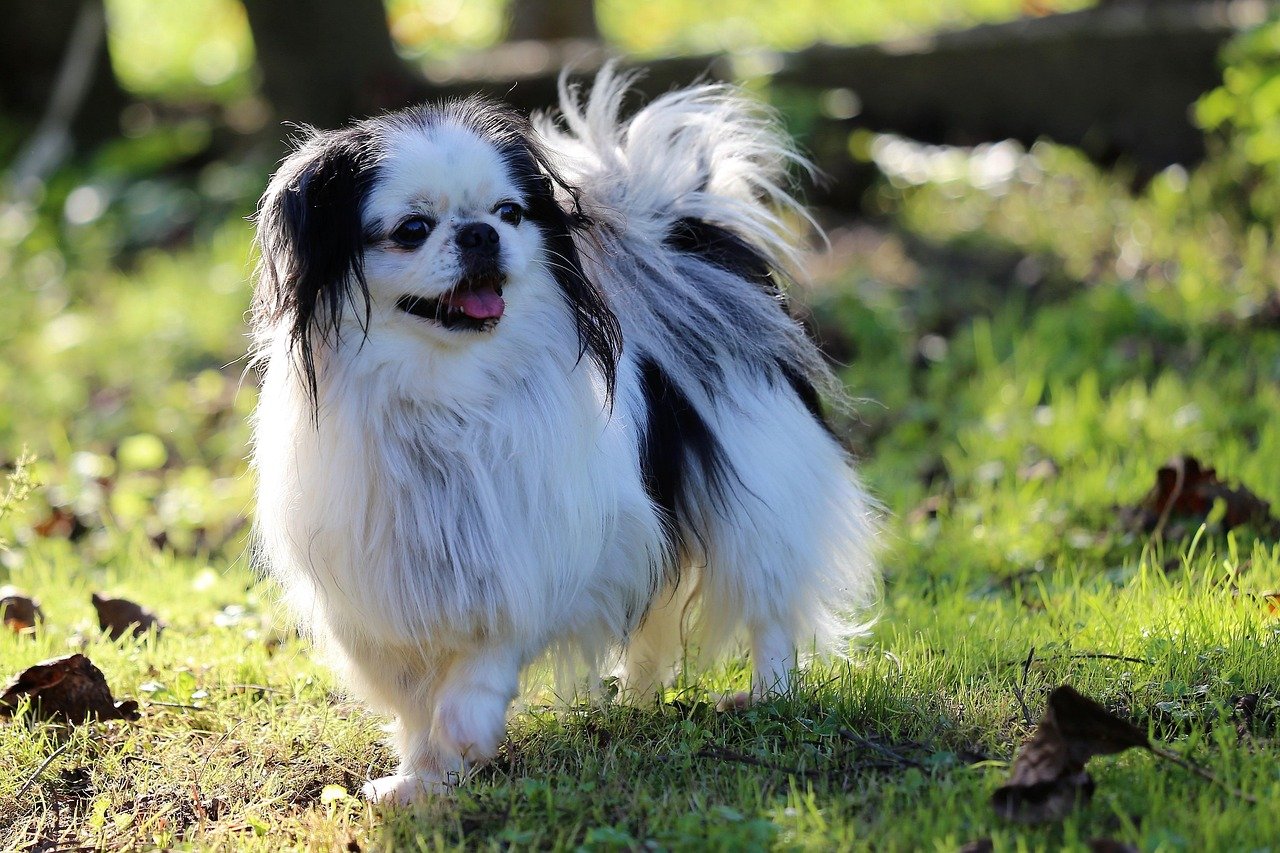
In ancient Japan, the Japanese Chin was considered a celestial being, often residing in the imperial court. These small, elegant dogs were believed to bring good fortune and were treated as sacred companions of the nobility. Their presence in the court was seen as a sign of divine favor, and they were often depicted alongside emperors in art and literature. The Japanese Chin’s distinctive appearance, with its flowing coat and expressive eyes, was seen as a reflection of their divine nature. Their role as cherished companions of the imperial family further solidified their status as sacred beings in Japanese culture.
8. The Shar Pei: Protectors of the Imperial Tombs
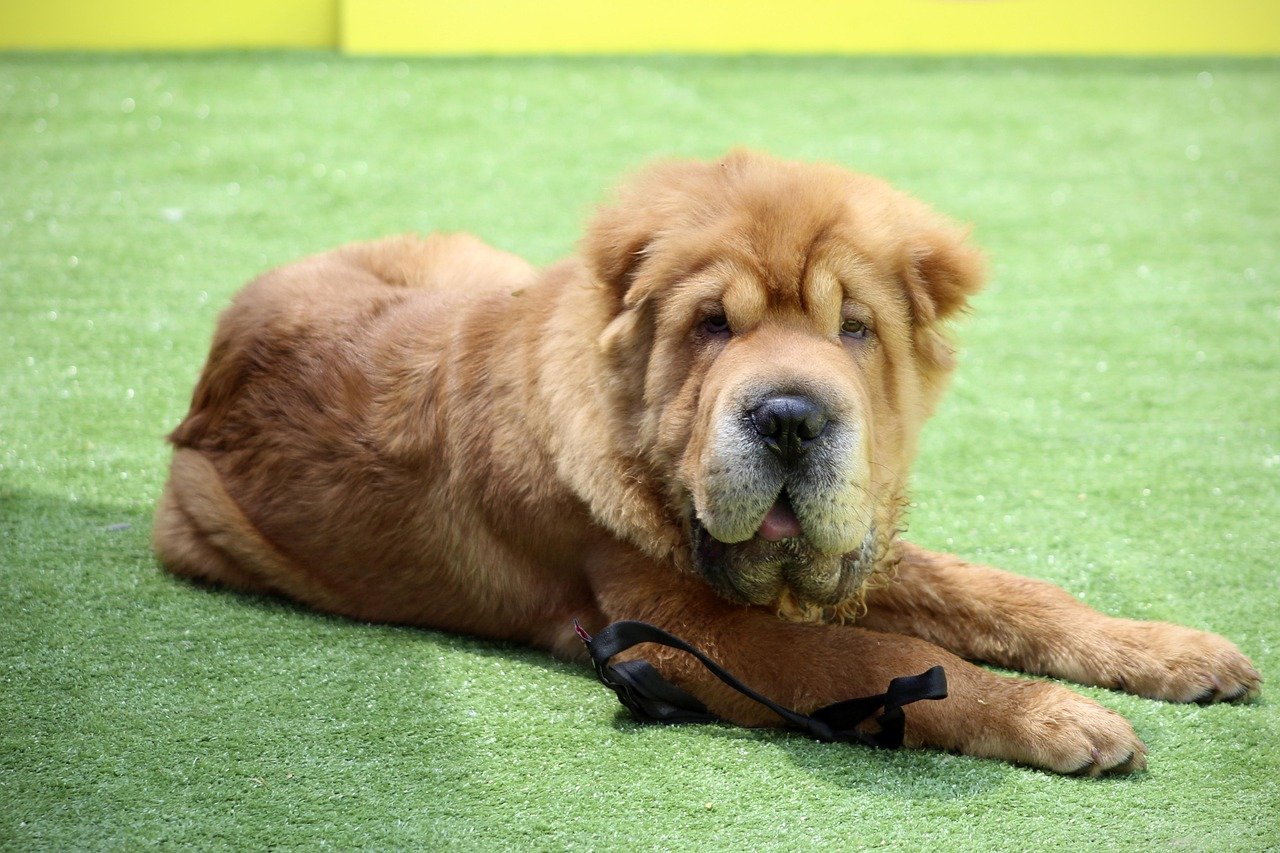
In ancient China, the Shar Pei was more than just a guardian; it was a sacred protector of imperial tombs. Their unique wrinkled appearance was believed to ward off evil spirits, making them ideal protectors of sacred sites. Shar Peis were often buried with their owners to ensure protection in the afterlife. Their fierce loyalty and protective nature were seen as divine qualities, further elevating their status in Chinese culture. The Shar Pei’s presence in ancient Chinese art and folklore highlights their revered position as sacred guardians. Their role in protecting the imperial legacy has left an enduring mark on history.
In conclusion, these eight dog breeds were not only cherished for their companionship but revered as divine beings across various ancient cultures. Their roles as guardians, messengers, and symbols of purity have left an indelible mark on human history, showcasing the deep bond between humans and dogs throughout the ages.
Jen is a passionate nature lover and ocean conservationist. She has dedicated her life to protecting the environment and preserving the beauty of the natural world. Growing up in a small coastal town, Jen sincerely appreciated the ocean and its inhabitants. She has spent countless hours exploring the shoreline, learning about the creatures that inhabit the waters, and advocating for their protection. Jen is an active member of ocean conservation organizations, and she is committed to educating the public about the importance of conserving wildlife and the natural environment.






